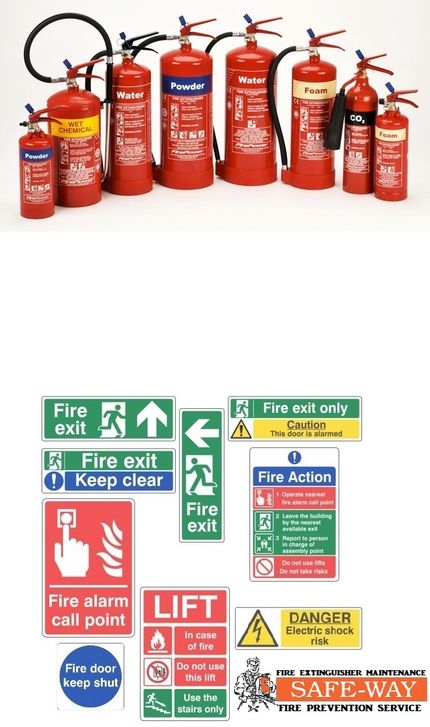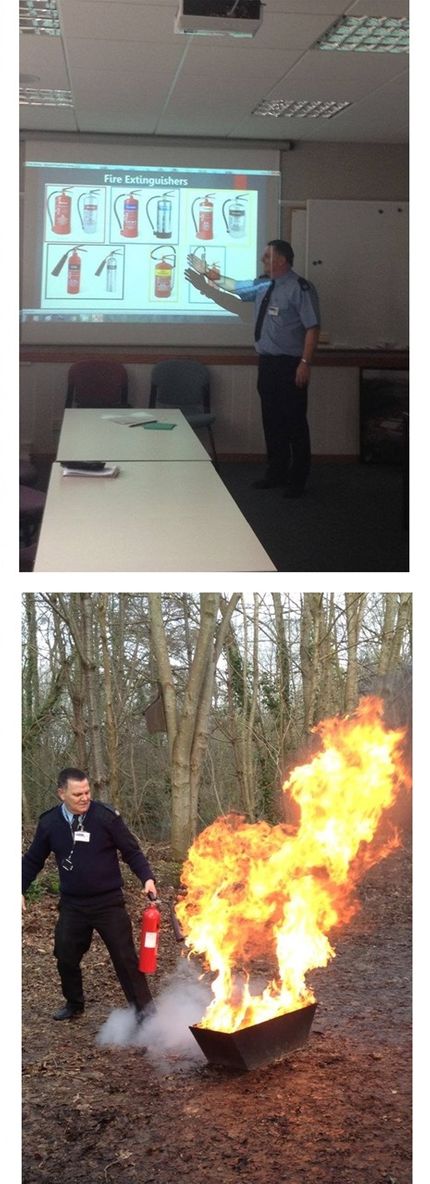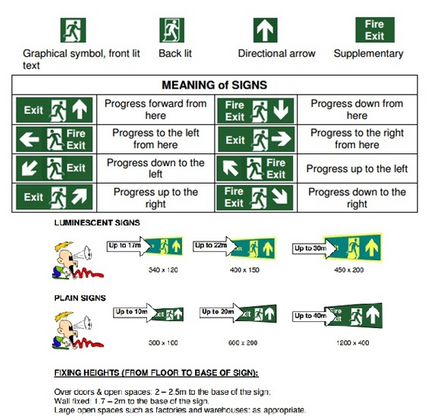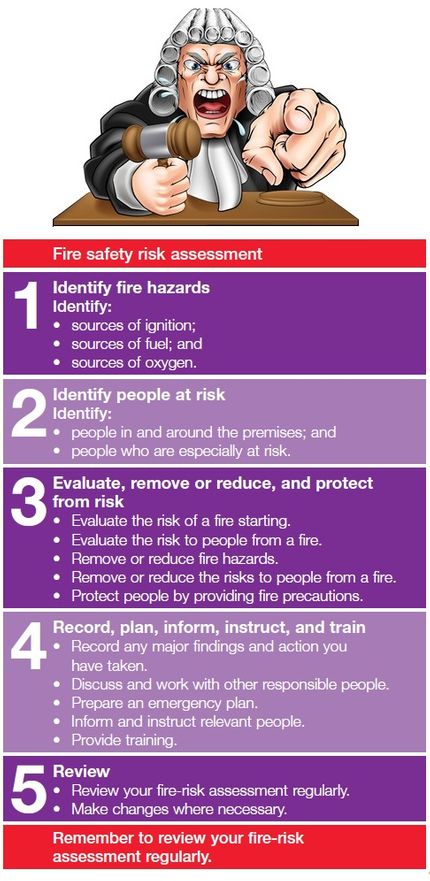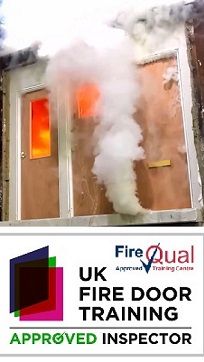Quality without Compromise
We provide the highest quality service to all makes of extinguishers to B.S 5306 pt 3 2017. (Commissioning and maintenance of portable fire extinguishers. Code of practice).
Installation of portable fire fighting equipment is strictly in accordance with the requirements of B.S 5306 pt 8 2023 (Selection and positioning of portable fire extinguishers - Code of practice).
Refill and Recharging is carried out in accordance with the requirements of B.S 5306 pt 9 2015 (Recharging of portable fire extinguishers. Code of practice).
For any extinguisher that might happen to fail inspection and needs to be removed from site, we are Registered as Waste Carriers to facilitate removal, Licence number CBDL392470
Fire Safety Signage is supplied to B.S 5499/BS EN ISO7010 which is compatible to the Health & Safety (safety signs & signals) Regulations 1996 implementing E.U Directive 92/58EEC.
Fire Awareness Training
Is Fire Training Necessary?
This used to be a contentious issue under the old Fire Precautions Act 1971 and the Fire Precautions Workplace Regulations of 1997.
Since October 2006, all separate Acts and Regulations were superseded by the introduction of the Regulatory Reform (fire safety) Order 2005
Implemented in October 2006, this Order reforms the law relating to fire safety in non domestic premises. Lets look at the requirements for Fire Training:
PART 2 - FIRE SAFETY DUTIES
Duty to take general fire precautions Fire-fighting and fire detection-13. (3)
The responsible person must, where necessary— (a) take measures for fire-fighting in the premises, adapted to the nature of the activities carried on there and the size of the undertaking and of the premises concerned;
(b) nominate competent persons to implement those measures and ensure that the number of such persons, their training and the equipment available to them are adequate, taking into account the size of, and the specific hazards involved in, the premises concerned;
(4) A person is to be regarded as competent for the purposes of paragraph (3)(b) where he has sufficient training and experience or knowledge and other qualities to enable him properly to implement the measures referred to in that paragraph.
Furthermore, the advice from the Governments DCLG Guides
state as follows: People with no training should not be expected to attempt to extinguish a fire. However, all staff should be familiar with the location and basic operating procedures for the equipment provided in case they need to use it. If your fire strategy means that certain people, e.g. fire marshals, will be expected to take a more active role, then they should be provided with more comprehensive training.
Fire Safety Signage
The following information is provided for guidance only and should not be used for statutory purposes. For more information refer to BS5499, the Health & Safety (safety signs & signals) Regulations 1996, and the relevant Fire Safety Risk Assessment DCLG guidance documents for your premises issued by H.M Government.
You will mostly find two types of sign in use at the present time, the E.U Sign or the B.S 5499 Sign. The E.U Sign, (we called it the man running to the ice cream sign), (No Text), was acceptable for many years, however, research has shown that it has not been as universally well understood as expected. This led to the development in 2011 of a new standard, B.S EN ISO 7010, based on the old B.S 5499 signs, (these have the man in the doorway and contain supplementary text such as Fire Exit), the EU sign, although not wrong or illegal is now obsolete and should be phased out.
Supplementary Text.
Every escape route sign should include supplementary text to assist in the understanding of the sign.
EXIT - used to indicate the conventional route leading out of a building.
FIRE EXIT - used to indicate an escape route provided specifically to be used in the event of an evacuation.
Location of Signs.
Signs should be located in the normal field of vision and should be prominent taking precedence over all other signs, ie: they SHOULD NOT have to compete with other signs.
The Fire Safety Advice Centre
Both International and British Standard Technical committee agreed that Escape Route Location and directional identification should not be left to graphic symbols alone. Consequently escape route signs should normally consist of three elements, the internationally-recognised graphical symbol for emergency exits, supplementary text (Exit or Fire exit) and a directional arrow.
Fire Risk Assessment - Fire Safety Deficiency Reports
A Fire Risk Assessment is a Legal requirement in all non-domestic premises, it is the Responsible Persons ( employer-owner-occupiers) duty to identify Fire risks and Hazards in the workplace and take appropriate action. This will identify what you need to do to prevent fire and keep people safe. If 5 or more people work at the premises, or your business has a licence under enactment in force, your Fire risk assessment will need to be a written record.
What are Hazards and Risks when Assessing ?
A hazard is something that could possibly cause harm - fuels, electricity, chemicals, welding, storage etc, a risk is the chance or probability that the hazard identified may or could cause harm to a person or have adverse effects on a property.
The risk assessment is the process where you
* Identify hazards and risk factors that have the potential to cause harm, this is the (Hazard Identification).
* Analyse and evaluate the risk associated with the hazards you found (Risk analysis & Risk evaluation).
* Determine appropriate ways to eliminate the hazard or reduce/control the risk when the hazard cannot be eliminated (Risk control).
* Record the hazards and risks you found along with any recommendations to reduce the risk from the hazard.
Frequency of Assessment
There are No Specific time requirements in law as to how often fire risk assessments must be carried out or reviewed, what the law does state in the R.R.F.S.O 2005 (Fire Safety Order) is the R.P (Responsible Person) for the building should review it regularly to ensure it remains up to date.
Once the initial assessment is carried out, some of the reasons you may need to review are
* there is any reason to think it is no longer valid (eg: there has been a fire or a near miss)
* there has been a change of use in any part of the building or the building as a whole
* there have been significant changes in the structure through building works
* there has been an increase of processes or people in the building
* new goods/stocks have been introduced that were not accounted for in the initial assessment.
Safe-Way Fire would advise you review annually and reassess 3 yearly unless any of the above scenarios occur, by reviewing annually you keep ahead of any minor deficiencies that may have arisen since the assessment was carried out, this will assist in preventing any minors (by means of regular remedial actions) escalating into majors.
If you currently carry out your own assessments and are comfortable doing so, then during extinguisher service we will look for any fire deficiencies and submit a free report detailing our findings, this will include our looking at fire doors ( Correct Gaps, Intumescent seals, Hinges, Glazing, Integrity Breaches, Selectors, also Signage, breaches of compartmentation, inappropriate storage, electrical loading etc, or anything that may add to reduced fire safety).
If there is a fire and you haven`t met your legal duties then you could be heavily fined or even spend time in prison. Learn about your legal obligations here
If you are doing your own risk assessments then the following will assist you in the procedure you need to follow with templates for you to use
Fire Doors
GIVING YOU THE FACTS ABOUT MAINTENANCE OF FIRE DOORS
Fire Doors are installed throughout buildings to compartmentalise and delay the spread of Smoke and Fire from one area to another.
They have several functions, when closed, they form a barrier to halt the spread of fire, they also protect sterile areas which could be a means of escape route, and they protect refuge areas, when open they provide a means of escape to relative safety or ultimate safety.
Why is it important to maintain a fire door?
• Just like any passive or active fire protection system, it is essential for a fire door to perform its vital task in the event of a fire.
• As with any similar life-saving product, a fire door should be regularly checked to ensure it functions properly and is ready to use. It is exactly the same as testing the battery of a smoke alarm or having the pressure of a fire extinguisher checked regularly.
• Most of the time, a fire door is used like any other door, and is subject to the day-to-day wear and tear of opening and closing as people pass through. The building and the surrounding environment can also change and affect the door. It is important to check if regular use or changes to the surroundings affect it in any way.
• Any slight alteration to the door or its surroundings can affect the performance of the door. This can result in a half-hour fire door lasting a lot less.
• So, once a fire door has been installed correctly, it needs to be maintained regularly to ensure that everything is in working order.
• Periodic checks should be carried out at least once every six months as per the recommendations of BS9999 - Annex V Normative V 6.2
Newly occupied buildings may require more frequent checks in the first year of use. Where a door is heavily used, it should be checked every three months. Fire door inspections should be undertaken by competent personnel who are trained to carry out such tasks.
Safe-Way Fire have attended and passed a City & Guilds accredited Fire Door Inspectors course, achieved an FDIS Diploma in Fire Doors and passed the FireQual Approved Inspector course.
Basic checks are making sure the Intumescent / Cold Smoke Seals or blades are in place and undamaged.
Gaps along the sides and across the top should be no more than 3mm +/- 1mm Tolerance.
Hinges should be CE & BS EN1935 marked and preferably Certifire approved with it being normal for a minimum of 3 hinges fitted, WHY? well firstly because of the sheer weight of a fire door, a standard hollow core door has a thickness of approximately 30-35mm and weighs about 15kg, whereas a 30 minute fire door is 44/45mm thick and weighs around 40kg, move up to 60 minute fire doors and it`s 54mm thick and 75kg upwards, move up to 90 minute or 120 minute fire doors and the weight just piles on, also, when used with a Closer (which many fire doors are) the wear & tear on the hinges is greatly increased.
Closers and Selectors should close the door fully from any angle.
To comply with Building Regulations for accessibility, the opening force at the leading edge of the door should be not more than 30N between 0º and 30º and not more than 22.5N between 30º and 60º of the opening cycle. Controlled door closing devices should conform to BS EN 1154: 1997.
Should you have concerns regards pressures for opening doors we carry a force gauge and degree mat for measuring resistance.
There should be no breach of integrity by damage to the face or from removed locks or handles, and a few other checks that someone competent would carry out.
When servicing site extinguishers Safe-Way Fire will look for deficiencies on doors they pass through and report back to the site contact.
Should you require more information then we can recommend you look at the BWF site by following the link below.
Should you require dedicated detailed fire door information there is a plethora of informational fact sheets to be found here -

